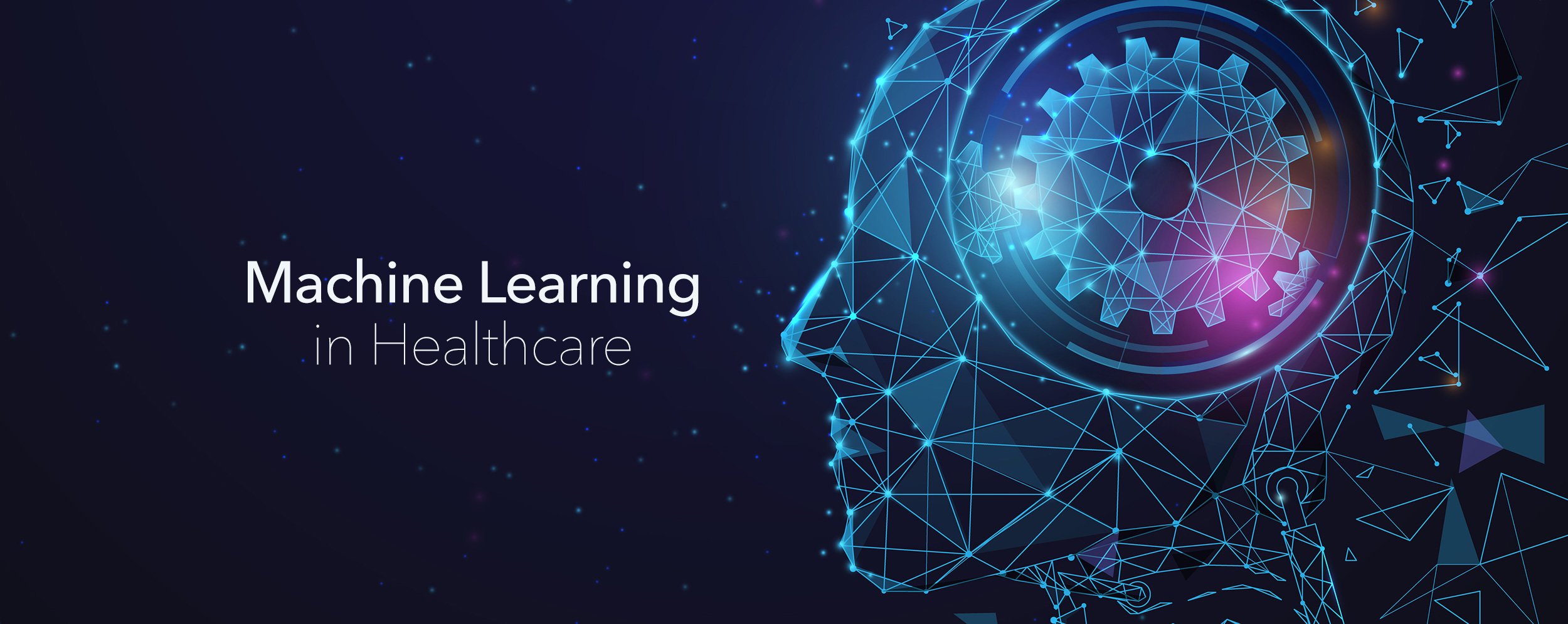Shop At Haya: Your Ultimate Shopping Guide
Discover the best shopping tips, trends, and deals for a smarter buying experience.
When Machines Learn to Dream: A Look at AI Creativity
Discover how AI is reshaping creativity and explore the fascinating world of machine-generated dreams. Uncover the future of creative technology!
Exploring the Boundaries: How AI is Redefining Creativity
The evolution of artificial intelligence is rapidly transforming the landscape of creativity, challenging traditional notions of artistic expression. From generating visual art to composing music, AI technologies are enabling creators to push the boundaries of their imagination. By analyzing vast datasets, AI can uncover patterns and suggest innovative ideas, often acting as a collaborative partner in the creative process. This partnership raises important questions about the nature of creativity itself and whether machines can truly create or simply mimic human artistry.
Moreover, the intersection of AI and creativity paves the way for new forms of artistry that were previously unimaginable. Consider the emergence of AI-generated artworks that have garnered attention at prestigious galleries, highlighting a shift in how we perceive authorship and originality. As AI tools become more accessible, artists are increasingly incorporating these technologies into their workflows, leading to a rich tapestry of collaboration between humans and machines. This evolution not only broadens the definition of creativity but also invites discussions on ethical implications and the future of artistic integrity.

Can Machines Experience Imagination? Understanding AI-Generated Art
The concept of imagination has long been considered a unique hallmark of human creativity, but as artificial intelligence (AI) continues to advance, the question of whether machines can experience imagination becomes increasingly pertinent. Unlike humans, machines operate by processing data and identifying patterns, yet recent developments in AI-generated art suggest that these systems can simulate aspects of artistic creativity. By employing algorithms that analyze vast datasets of existing artwork, AI can produce original pieces that reflect various styles and techniques, leading to a new understanding of art and creativity in the digital age.
However, the distinction between genuine imagination and algorithmic generation remains a topic of debate. While AI-generated art might mimic the aesthetic qualities of human creation, it lacks the intrinsic emotional and experiential context that informs true artistic expression. Critics argue that without personal experiences, emotions, or the ability to reflect on one's existence, machines can only replicate creativity rather than genuinely imagine it. As we explore the capabilities of AI in the realm of art, we are challenged to redefine our understanding of imagination itself and to consider the implications of art created by non-human entities.
The Role of Neural Networks in AI Creativity: A Deep Dive
Neural networks have emerged as a pivotal component in the realm of artificial intelligence creativity. These algorithms, inspired by the structure of the human brain, allow machines to learn and replicate complex patterns, making them ideal for tasks that require inventive output. For instance, in fields like art and music, neural networks can analyze vast datasets to generate original pieces that mimic existing styles or explore entirely new aesthetics. By leveraging techniques such as deep learning, these systems can refine their outputs through iterative learning processes, leading to increasingly sophisticated creative endeavors.
Moreover, the ability of neural networks to generate creative content extends beyond visual arts and music, impacting areas such as literature and design. As these networks are trained on various textual and graphical databases, they evolve to understand nuances and themes, producing unique narratives or innovative design concepts. This capability raises intriguing questions about the nature of creativity itself and whether machines can truly possess creativity, or if they merely simulate it based on human inputs. As we dive deeper into this intersection of AI and creativity, it becomes clear that neural networks are not merely tools; they are collaborators in the creative process.